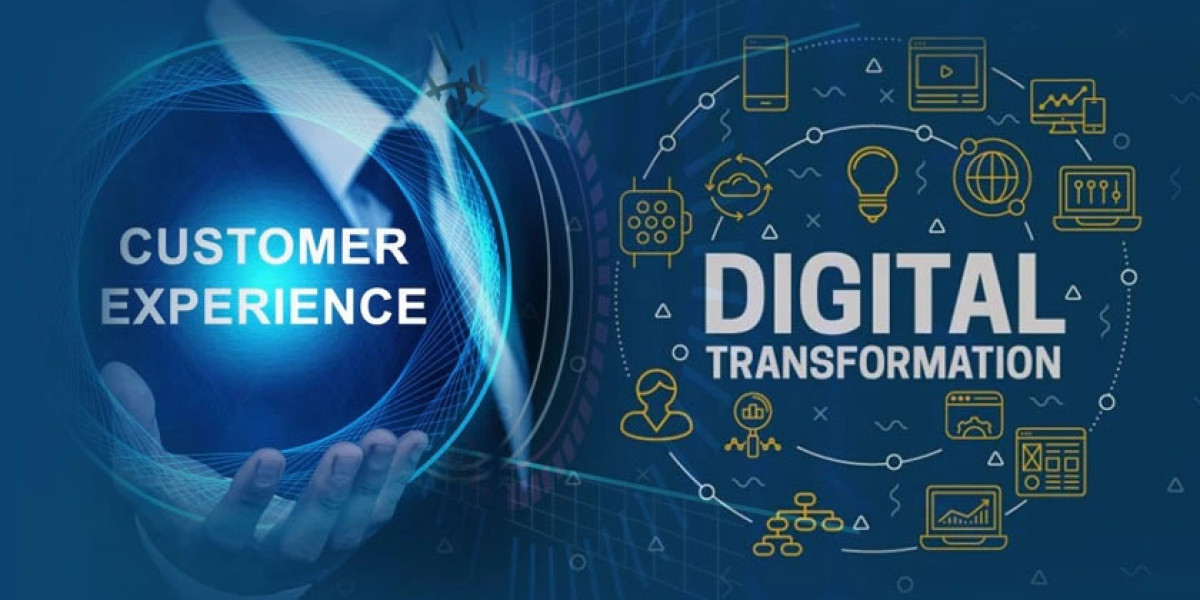As technology continues to evolve, so too does the way customers engage with brands. In the digital age, the traditional methods of customer engagement are no longer sufficient. Customers expect personalized, seamless, and timely interactions that align with their individual preferences and needs. Businesses must rethink their approach to engagement if they hope to remain relevant in an increasingly competitive landscape. This blog explores the new rules of customer experience (CX) in the digital age and how businesses can adapt to meet customer expectations.
The Shift from Transactional to Relational Engagement
In the past, customer engagement was often seen as a one-time transactional interaction—selling a product or providing a service. The goal was to complete the sale and move on to the next customer. However, today’s customers expect more than just a transactional relationship with brands; they want to build a connection with the companies they support.
Engagement now goes beyond just making a purchase. It’s about creating a lasting relationship with the customer, where businesses continuously interact with their audience across multiple touchpoints. Whether through email, social media, or customer service channels, brands must maintain an ongoing dialogue with their customers, listening to their needs and offering value at every stage of the customer journey.
The Demand for Personalization
One of the most significant changes in customer expectations in the digital age is the demand for personalization. With the vast amount of data available, customers now expect brands to deliver experiences tailored specifically to them. This means offering personalized product recommendations, content, and even customer service interactions.
For businesses, this means using customer data to create more relevant and engaging experiences. By analyzing past purchase behavior, preferences, and browsing patterns, brands can deliver highly customized recommendations and messages that resonate with individual customers. Personalization creates a deeper connection with the audience, fostering loyalty and encouraging repeat business.
For example, a customer who regularly buys skincare products from a brand might expect personalized recommendations for new products that complement their existing purchases. Similarly, a customer who has recently interacted with customer service may expect follow-up communication that addresses their specific concerns, demonstrating that the brand listens and values their input.
Real-Time Interaction: The Expectation of Instant Gratification
In today’s fast-paced digital world, customers no longer have the patience to wait for a response. The expectation of instant gratification has become the norm, driven by technologies like chatbots, instant messaging, and live customer service. Customers now want quick answers, immediate assistance, and real-time support, whether they’re making a purchase, solving a problem, or asking a question.
Businesses that can deliver this type of real-time engagement are more likely to build strong relationships with their customers. Real-time communication tools, such as live chat and AI-powered chatbots, allow businesses to provide immediate responses, enhancing the overall experience and reducing frustration.
For example, a customer who is browsing a website and has a question about a product can expect to receive an instant response through live chat. If they encounter an issue with their order, they want immediate assistance, whether that’s through a chatbot or a live support agent. The key to success in the digital age is providing the right level of responsiveness across every touchpoint.
The Rise of Omnichannel Engagement
Omnichannel engagement has become a cornerstone of modern customer experience. Today’s customers engage with brands across multiple channels—websites, social media, mobile apps, emails, and even in-store experiences. The key to successful engagement is providing a seamless experience across all of these channels, ensuring consistency and continuity.
Whether a customer starts their journey on social media, continues it via email, and completes a purchase on a mobile app, they should have a consistent experience throughout. Omnichannel engagement allows businesses to meet customers where they are and provide a unified experience that feels cohesive and personalized.
For businesses, this means integrating systems and platforms to ensure that customer data and interactions are shared across all channels. CRM systems, customer data platforms, and omnichannel communication tools can help businesses track customer behavior across different touchpoints and provide a more seamless and personalized experience.
Empowering Customers with Self-Service Options
In the digital age, customers are increasingly seeking self-service options. They want to be able to solve problems, find answers, and make decisions on their own, without needing to rely on customer service agents. This shift toward self-service is driven by the desire for convenience and control.
To meet this demand, businesses must provide customers with the tools and resources they need to find answers independently. Knowledge bases, FAQs, and tutorial videos can empower customers to resolve their issues quickly and efficiently. Self-service portals and mobile apps can allow customers to track orders, update personal information, and even make payments without needing to contact a representative.
While self-service is valuable, it’s important for businesses to strike the right balance between automation and human interaction. Some issues will always require the expertise and empathy of a live agent, and businesses must ensure that customers can easily transition to human support when needed.
Customer Experience Digital Transformation: Adapting to New Engagement Rules
The rules of customer engagement have changed, and businesses must adapt to thrive in the digital age. Customer Experience Digital Transformation is about more than just adopting new technologies; it’s about creating meaningful, personalized, and responsive experiences that keep customers engaged and loyal.
By embracing personalization, real-time communication, omnichannel engagement, and self-service options, businesses can meet the evolving expectations of modern customers. The companies that succeed will be those that build long-term, relational engagement with their customers, creating experiences that are not only efficient but also memorable and impactful.
In a world where customer expectations are constantly rising, staying ahead of the curve is essential. Businesses must rethink their approach to engagement, prioritizing the customer experience and ensuring that every interaction is seamless, personalized, and valuable.








